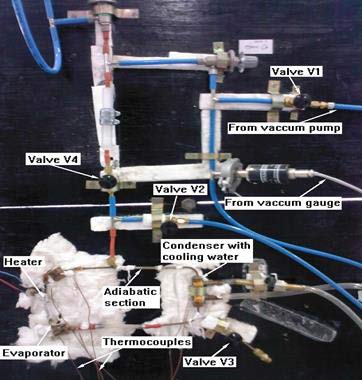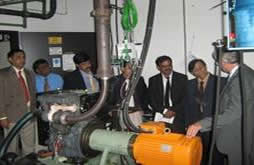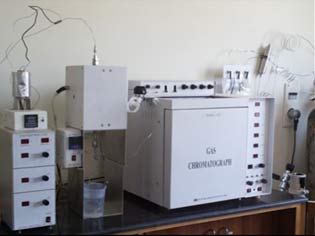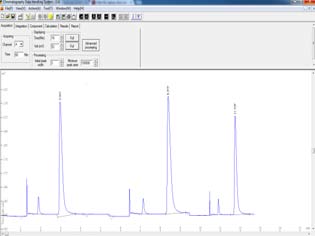
CONTACT | CAREERS | WEBMAIL | JAIN UNIVERSITY | SEARCH
 Research Research
Research Areas - Autonomous and Intelligent Systems - MEMS - Materials - RP and Coating - Energy & Environment - Nanobiosciences & Engineering Publications Projects |
 Research » Research Areas » Energy & Environment Research » Research Areas » Energy & Environment
Energy & EnvironmentPulsating heat pipes
The center based on its success is currently partnering with a private entity Avasarla Automation. LED based lighting solutions The increasing need for energy saving stems from the fact that the worldwide demand for energy has risen significantly over the past few decades. Added to this the global sources of fossil fuels are becoming more expensive and less affordable to growing economies. There are also environmental issues related to energy consumption, as many residential and industrial houses use Mercury based Compact Fluorescent Lamp (CFL) lamps. Stabilising atmospheric carbon dioxide concentrations to safe levels will require 60 to 80% reduction in Carbon emissions over the current levels throughout the globe. However the problem is not just limited to hydrocarbon resources and Carbon-dioxide emissions but also in meeting the increasing demand for power in the future. Thus the program involves the design and development of smart sensor network based energy efficient LED. Based on promise of the prototypes built the center has successfully concluded on consulting to a company in the lighting segment and also partnered with TUV Rheinland in promoting courses in the energy domain for generating manpower.
Essential Features
Carbon Capture and Sequestration
|
||||||||||||||||||||||||||||||
 Home
Home











